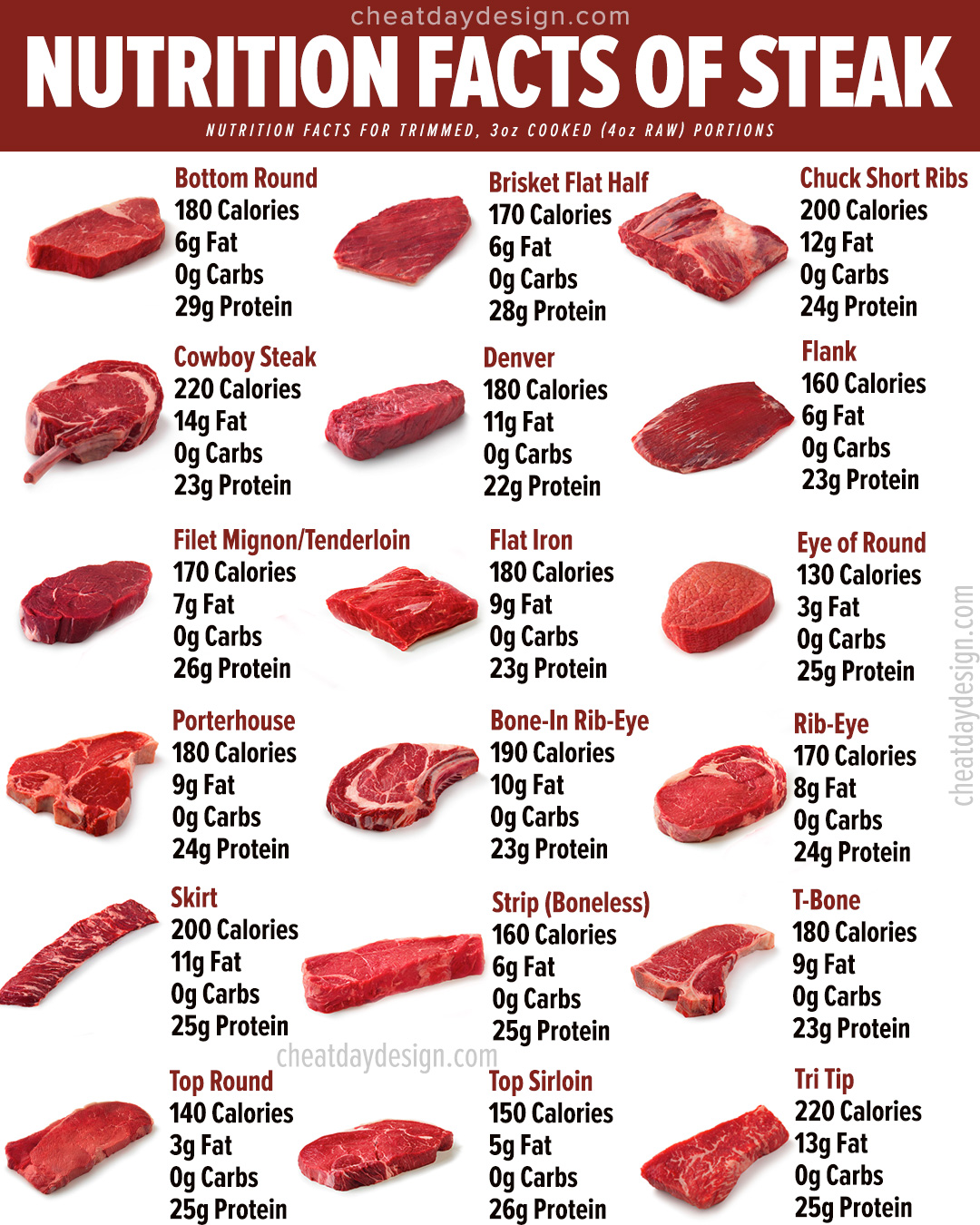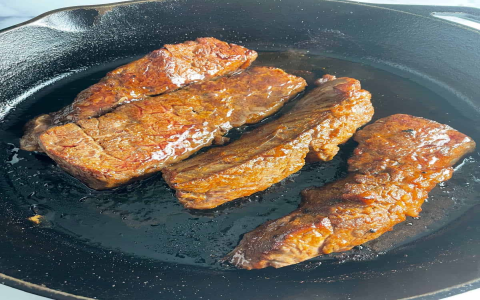My Little Dive into Filet Mignon Facts
So, the other day, I was thinking about treating myself. You know how it is, sometimes you just want something a bit special for dinner, not your everyday stuff. Filet mignon popped into my head. It’s always been one of those fancy cuts I enjoy now and then. But as I was planning it out, getting all excited, a thought hit me: what am I actually putting into my body when I eat this delicious piece of steak? I’m trying to be a bit more mindful these days, not super strict, but just… aware.

Naturally, my next step was to go on a little information hunt. I fired up my computer, opened a browser, and just typed in “nutritional facts for filet mignon.” Simple enough, right? Well, a whole bunch of links appeared, as they always do. Some websites looked super scientific, like they were written for nutritionists or doctors. That wasn’t what I was after. I just wanted the straightforward goods, no fancy jargon.
I started clicking around, sifting through the information. It’s funny, you see all sorts of things. Some sites immediately try to sell you a diet plan, others are packed with so much data my eyes started to glaze over. I had to really focus on finding a few sources that seemed, you know, generally reliable. I looked for stuff that felt a bit more official, or at least from places that specialize in food info. I even tried to cross-reference a bit, just to see if the numbers were mostly in the same ballpark. It’s like detective work sometimes, figuring out this stuff.
After a bit of digging, I started to get a clearer picture. Here’s what I pieced together, in plain terms:
- Protein: This was no shocker. Filet mignon is packed with protein. Good for building muscle, keeping you full, all that jazz. I figured as much, it’s a solid piece of meat.
- Fat: Okay, this was interesting. Of course, there’s fat – it’s steak. But what I learned is that filet mignon is actually one of the leaner cuts of beef. So, while it’s not fat-free, it’s not as heavy as some other options. I did see numbers for saturated fat, and that’s something to keep an eye on, always.
- Calories: It’s definitely not a low-calorie food. I mean, it’s a rich piece of meat. But for a special occasion, if you’re sensible about the portion size, it’s manageable. That was a key thing I noticed – how much the portion size changes everything.
- Vitamins and Minerals: This was a nice bonus. I saw mentions of things like iron, which is great for energy, and some B vitamins, like B12. Also zinc. So, it’s not just protein and fat, there are some other good bits in there too.
One thing that really stood out was how much the details matter. Like, a standard serving size in nutritional info is often around 3 or 4 ounces. But when you go to a restaurant, you might be getting a 6-ounce, 8-ounce, or even bigger steak! So those numbers on the screen can be a bit misleading if you’re not thinking about how much you’re actually eating. And then there’s how you cook it. Grilling it plain is different from pan-frying it in a whole stick of butter, obviously. I was mostly trying to get the basics for just the meat itself.
So, what did I take away from my little research adventure? Well, filet mignon is definitely a treat, and a tasty one at that. It’s got some good nutritional points, especially the protein and some minerals. But like anything rich, it’s all about moderation and being aware. Knowing these facts doesn’t mean I’m going to stop eating it. Actually, it makes me appreciate it more when I do, because I understand what I’m choosing. It wasn’t some big complicated scientific study I did, just a bit of practical looking around. And now I feel a little smarter about my fancy steak dinner. It’s good to know these things, just for yourself.











